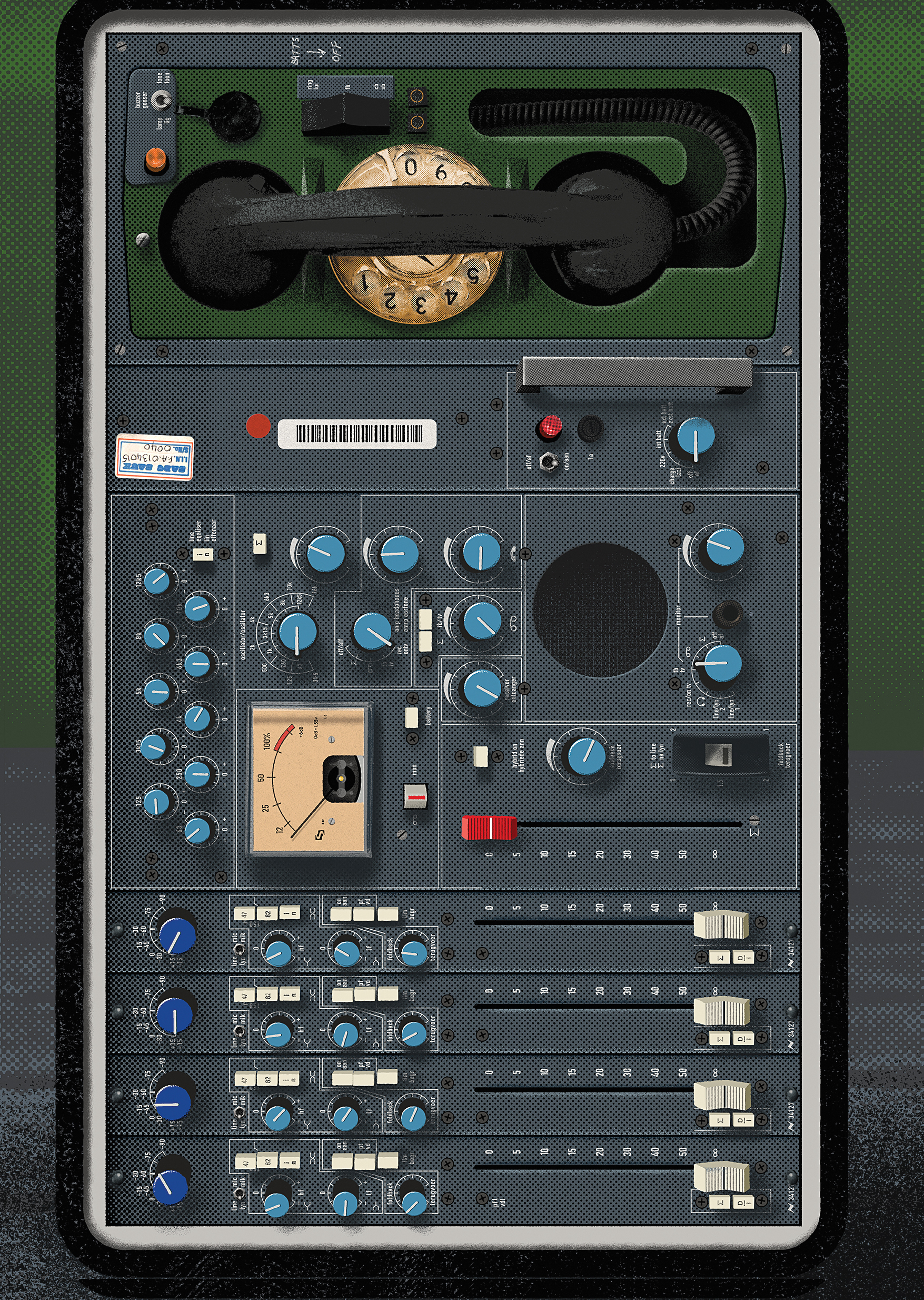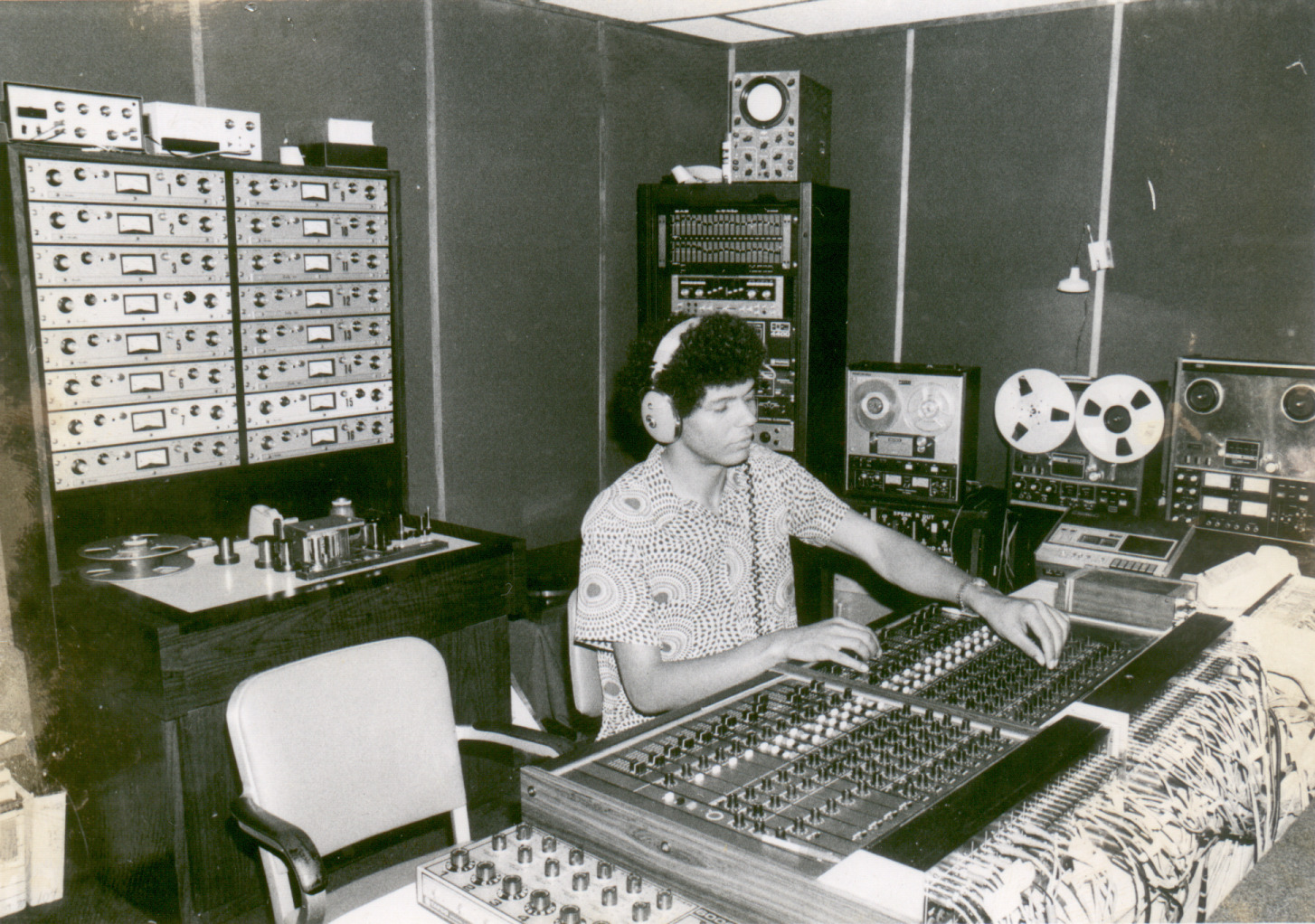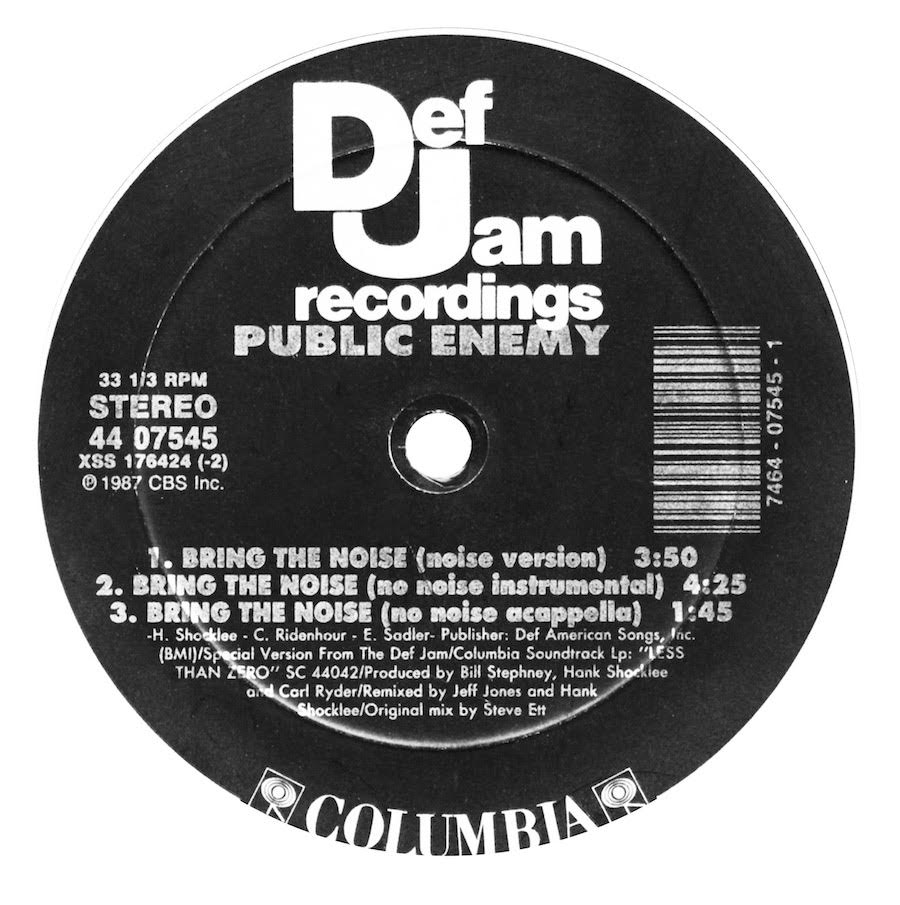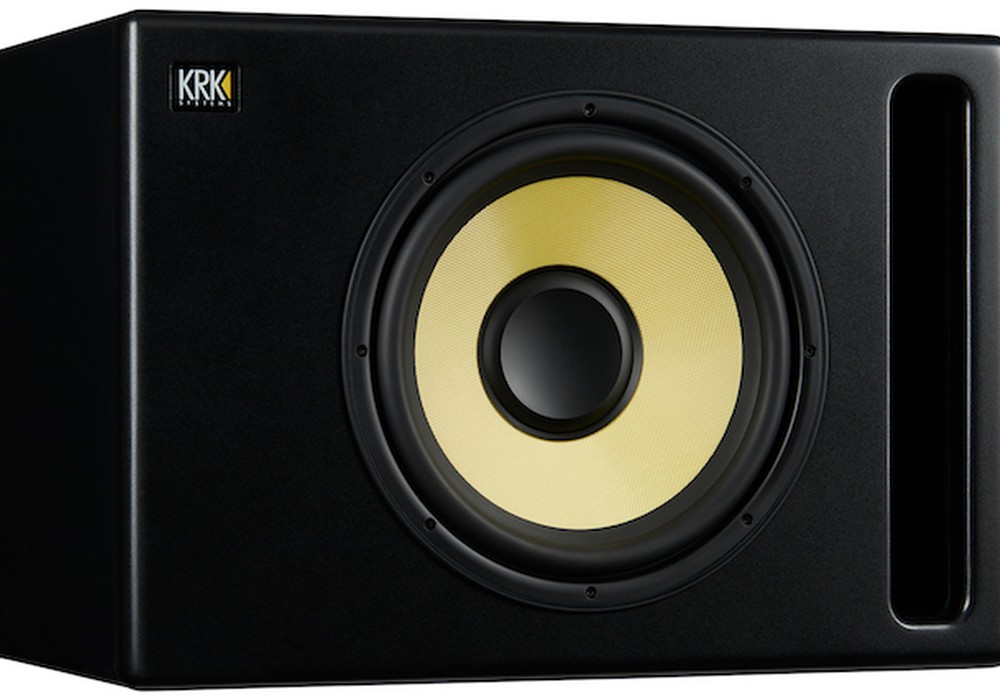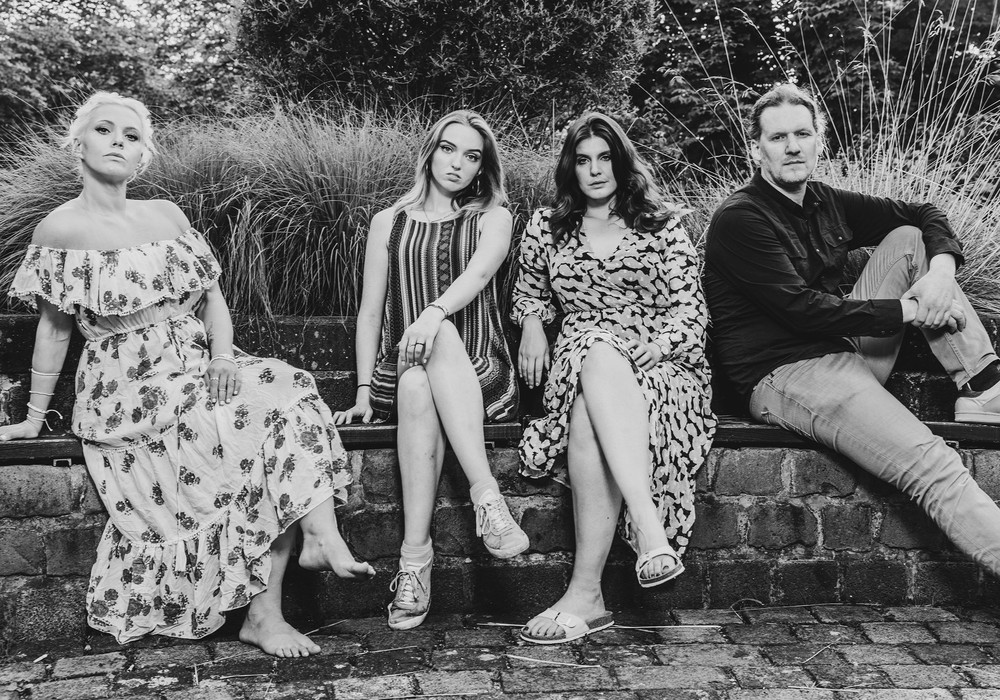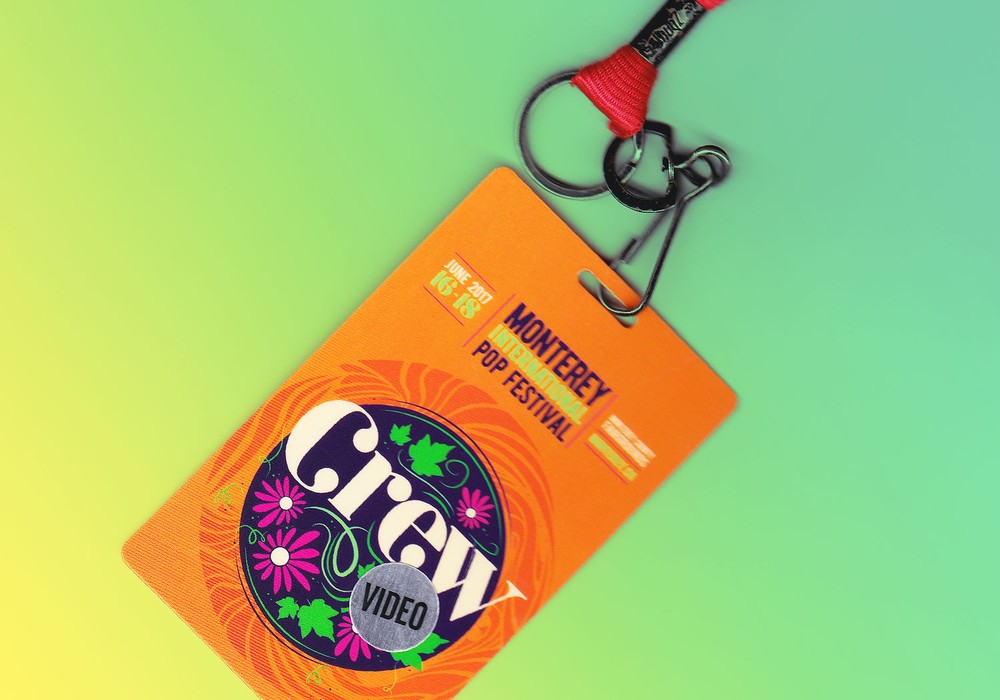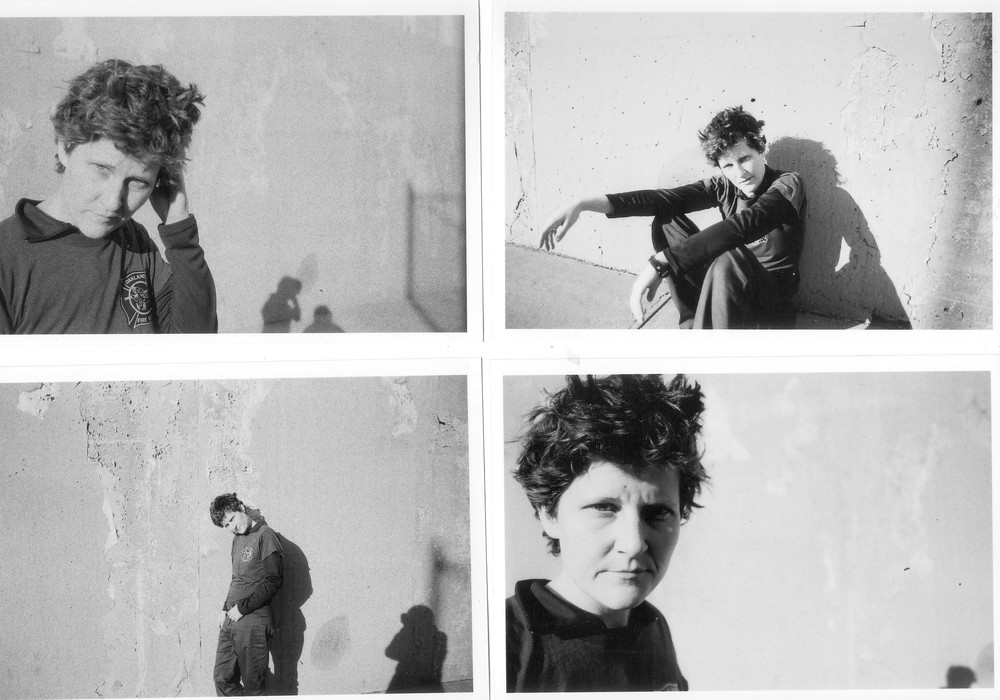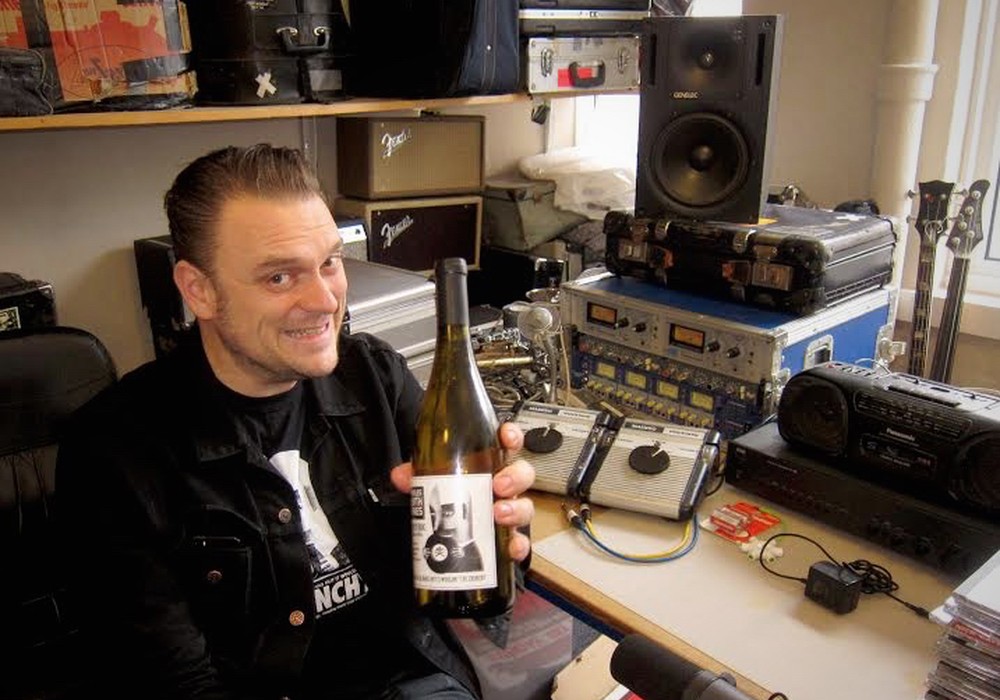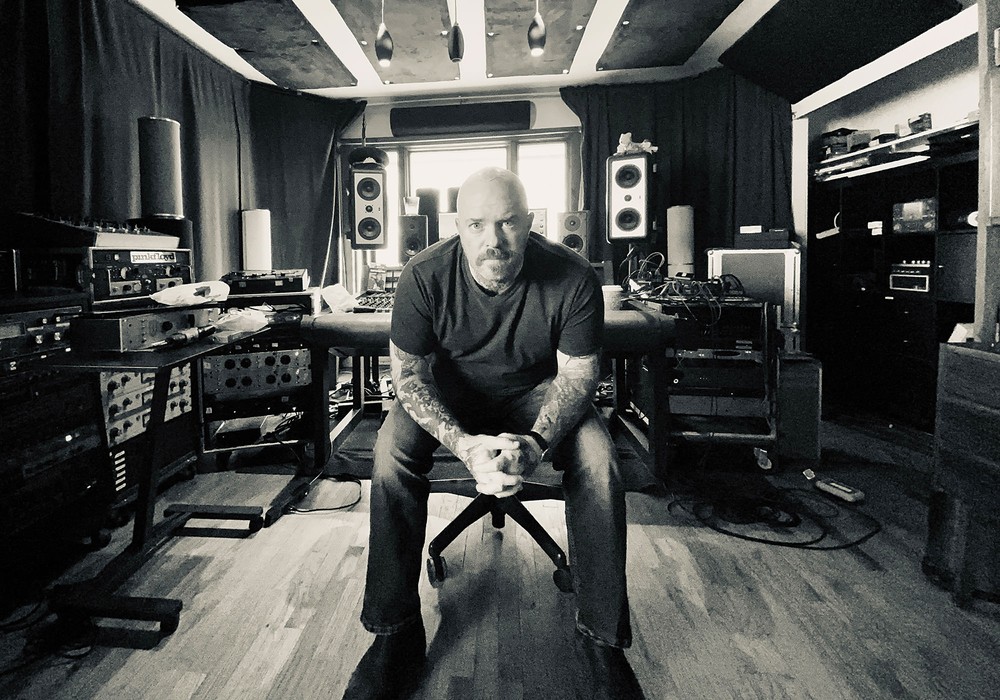Jeff “The Jedi Master” Jones has been an engineer and producer for music and films in New York City for over 40 years. Starting out as a teenager in suburban Connecticut, he eventually worked with seminal New York rap artists like Slick Rick, Roxanne Shanté, Jam Master Jay (Run-DMC), as well as with Public Enemy on their breakthrough album, It Takes a Nation of Millions to Hold Us Back. He recorded all of the music for the Academy Award-nominated documentary Against Wind and Tide: A Cuban Odyssey and won a Grammy [for Best Contemporary Blues Album] with Dr. John in 2009 for the album City That Care Forgot. He has worked with the likes of Wynton Marsalis, Willie Nelson, Eric Clapton, Village People, Chick Corea, Norah Jones, The Blind Boys of Alabama, Alicia Keys, Talking Heads, Jon Batiste, and filmmakers such as Spike Lee and Ken Burns.
What were your earliest recording experiences?
My mom was an opera singer who performed with the local and metropolitan operas. She had a small reel-to-reel Wollensak, and I used to record myself with that when I was nine years old. I figured out how to go into record and fast-forward at the same time by disconnecting the capstan. I'd make recordings at extremely high speeds and slow them down to listen back to them. I’d talk into the mic and then slow it down so much I could hear the vocal cords going “clack, clack, clack.” I’d stick the mic up to my heart and record it. I would take a cardboard tube, cover one end with paper, and poke a sewing needle through the end and hold it over a record. I remember ruining a bunch of my parent’s vinyl LPs doing that. [laughter]
You were experimenting with some form of turntablism before it broke through!
Yeah, this was the late-1960s. I grew up in Connecticut. My dad was a civil engineer. I studied some classical piano, started on trombone, studied some drums, and played the clarinet for a little while. I used to jam. My best friend at one point was Danny [Dan] Brubeck, [jazz pianist] Dave Brubeck's son. When I was in my junior year, the town built a new high school, and the music department procured The Putney synthesizer [EMS VCS 3], the model Todd Rundgren had used. I went into school early in August, and by the end of September teachers were coming by the music room and saying, “Aren’t you supposed to be in my class?” because I had never gone to class. [laughter] The school had a ReVox reel-to-reel 1/4-inch, plus the synthesizer and a microphone. I used to bounce back and forth between the tracks and use anything that was available to make songs. My mom came in one time around midnight because I hadn't come home. She was pissed. I said, “Can’t I stay to do one more overdub?” She screamed, “No!” [laughter]
You were obsessed already!
I loved being in recording studios, and the only studio around was owned by a jingle guy, Don Elliott, in Weston Connecticut. Some friends of mine recorded there due to a tip from John Hammond, Sr., who had some interest in them. I was fascinated by the entire recording process. I ended up helping build a studio in the area that was on a second floor, above a meat market. It was originally a Baptist church; we had to disassemble a baptismal tank and unwrap a crucifix all wrapped in foil. That's where I cut my teeth. Then I had the opportunity to move into New York City, and when I moved into the city I used to commute back to Connecticut to do sessions. As time passed, I started getting hooked in with people in the city, and one of the places that I got hooked in with was a studio called Intergalactic Music. They had George Martin's old Neve from AIR Studios, and they had the first Fairlight [CMI synth/sampler] in Manhattan. They knew John King, of Chung King Studios fame, where a lot of rap was being done at the time. I ended up getting some work with Jam Master Jay, and I got some sessions with Hank Shocklee [Tape Op #51]. There was Spyder-D [“Rap Is Here to Stay”], Roxanne, Slick Rick, and different rap artists. One of the sessions was with The Bomb Squad [Hank Shocklee and Eric Sadler]. And we tracked “Bring the Noise” based on [Simon Harris'] “Bass (How Low Can You Go).” That was done with an [Ensoniq] Mirage 8-bit sampler – played by hand, no sequencer. It was on John's baby Neve when I was working swing shift with engineer, Steve Ett, who was also part owner in the studio. I tracked the actual music, but I didn't track the vocals on the record.
What was your relationship with Talking Heads?
I had a “band house” out in Connecticut that was essentially an...
